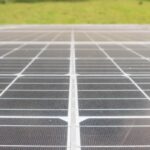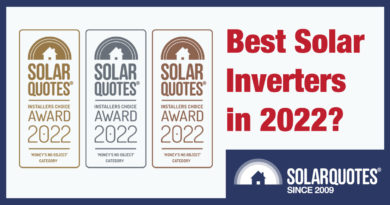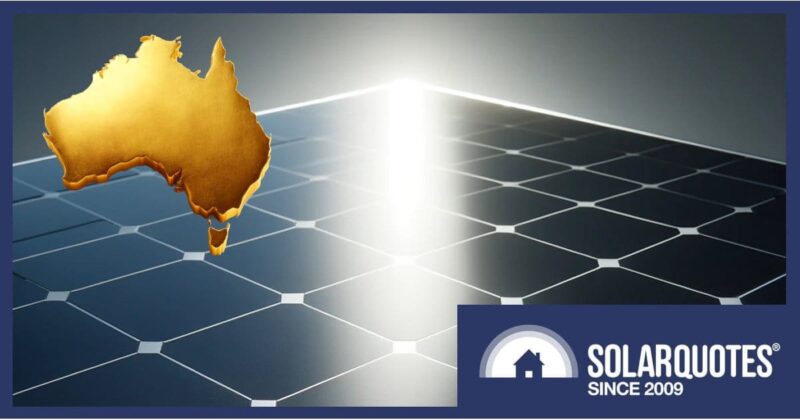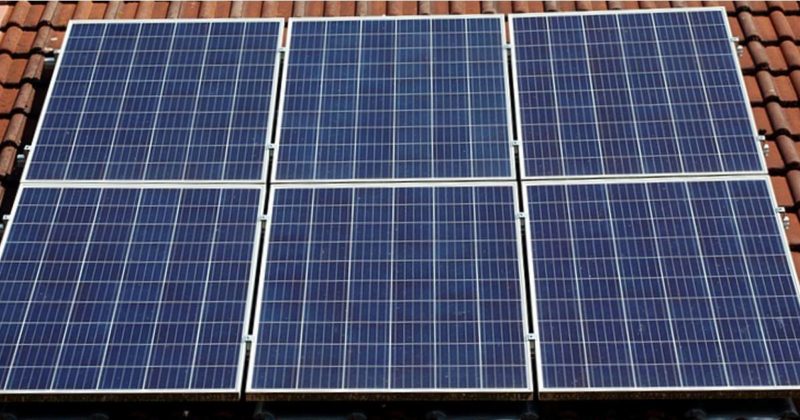What’s Happening To Australia’s Solar Rebate In 2021?
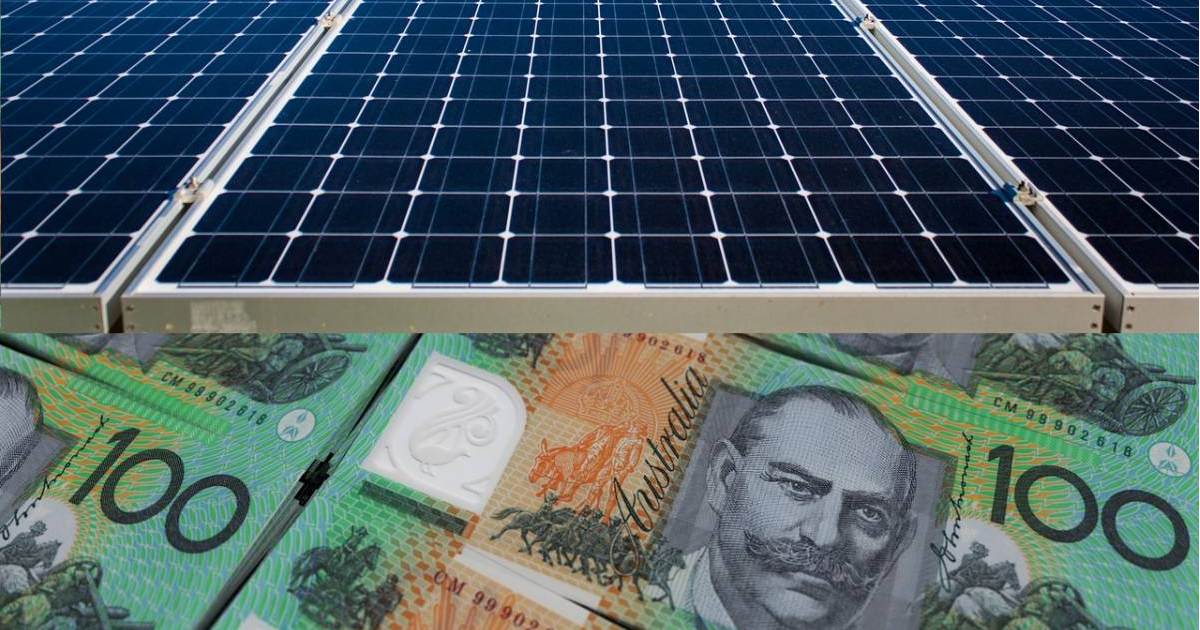
It’s that time of the year again when some ads may start screaming about a reduction in the solar rebate. Here’s what you need to know.
Australia’s “solar rebate” is delivered under the Small-scale Renewable Energy Scheme (SRES) and is based on Small-scale Technology Certificates, or STCs. These certificates have a value that varies with market conditions. While STCs can’t be created until after a system is installed, their value is just about always offered as an up-front discount and any pricing you see advertised for solar power systems will have the subsidy included. So, it’s not a rebate but that is the term most commonly used.
The number of STCs a system is eligible for depends on:
- Solar panel capacity (not inverter capacity)
- Geographical location of the installation
- The year the system is installed
The year of installation determines the deeming period multiplier, and the SRES deeming period’s final year is 2030. The deeming period reduces by one year each year on January 1 – just over 4 weeks from now.
Solar Rebate Reduction In 2021
Instead of messing about with formulas, it’s much easier to use SolarQuotes’ STC calculator to get an idea of how much of a reduction in rebate will occur in 2021.
The highest value STCs can achieve is $40 and the lowest, $0. The spot price for STCs has been between $37.25 – $39.95 over the past year and $37.25 – $37.75 in the last month. Solar businesses usually also charge an admin fee for dealing with the complexity of creating and then selling the STCs.
The following example show the difference in the number of STCs and rebate for a 6.6kw solar system installed in Sydney before December 31 this year and the same system on or after January 1, 2021; based on a $36 STC value including fees.
- Installed in 2020: 100 certificates /$3,600 subsidy
- Installed in 2021: 91 certificates /$3,276 subsidy
Don’t Rush A Decision
While $324 isn’t an insignificant chunk of change, it’s unwise to rush into signing on the dotted line of a sales contract given it’s a decision you’ll be living with for many years. You’ll want those years to be free of the headaches that accompany crap solar.
The other point to bear in mind is given the time of the year, some installers may already be factoring in the looming reduction in quotes they issue, as installation may not occur until early 2021.
As always, it’s important to research solar power and check out solar installer reviews before committing. But this due diligence needs to be balanced with the knowledge that the longer you delay installing solar panels, the longer you’re locking yourself into big electricity bills. To get an idea of how much you could be saving with solar energy, try SQ’s solar calculator – it’s very easy to use.
Additionally, while STC spot prices have been pretty good to great this year, that doesn’t guarantee the same will continue in 2021. However, any reduction in rebate level might be offset in whole or part by a continuing reduction in the cost of solar.
Original Source: https://www.solarquotes.com.au/blog/solar-rebate-2021-mb1783/










